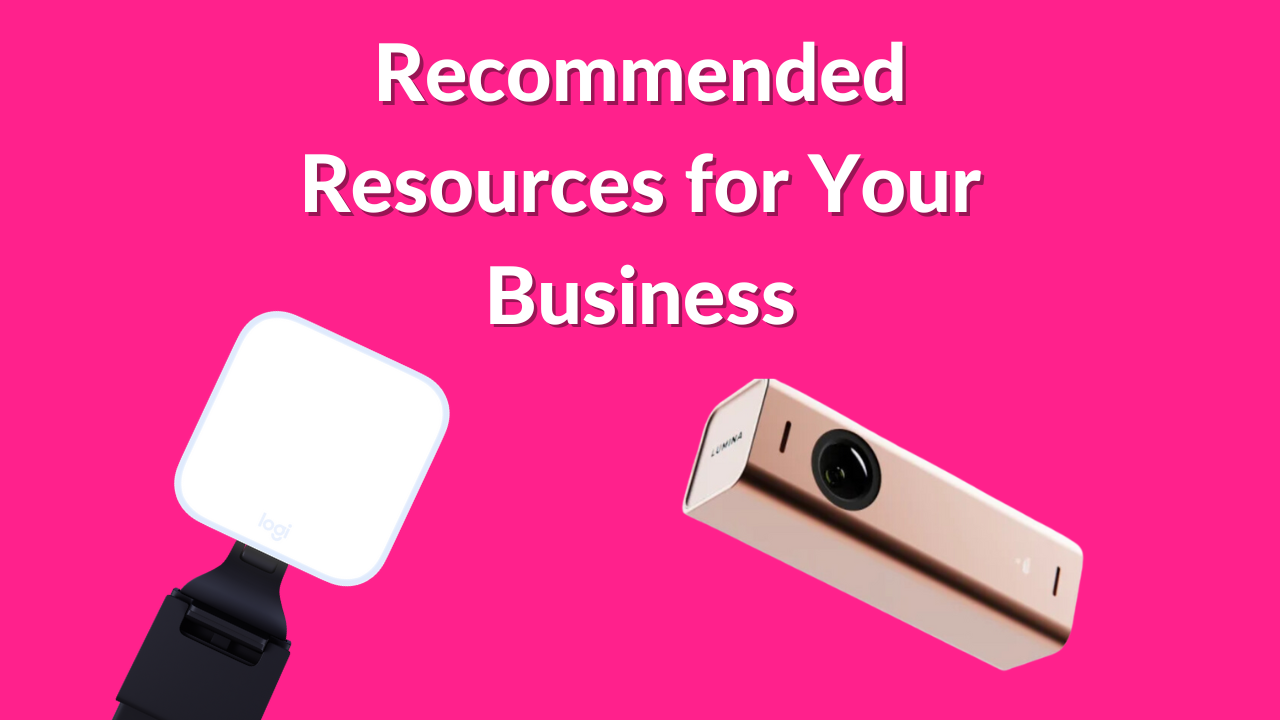A few summers ago my then seven-year old son and his friend participated in a common summer-time rite of passage: the lemonade stand. They decorated their stand, made signs and posted them throughout the neighbourhood, drew chalk arrows on the sidewalk and got started. At the end of the day they had made $14, a pretty good total for a neighbourhood with little foot traffic.
The boys decided they were so successful they wanted to repeat the event. I informed them that this time they would have to pay for the lemonade themselves. They began worrying that the cost would eat into their profits too much. I casually suggested Kool-Aid would be cheaper. Their reply was not so casual.
“If we use Kool-Aid, we won’t get the grown-ups,” my son insisted. “They’re where the money is.”
At first I laughed, but after thinking about his response, I was impressed. This seven-year old kid knew instinctively who his ideal customer was: adults who buy a drink and tell him to keep the change. He also knew that if he sold Kool-Aid, the adults would be less likely to buy. It wasn’t that he didn’t want to sell to the kids on the street, he just knew he’d make more money selling to the adults.
That got me thinking. How many “grown-ups” with full-time businesses are as focused on their ideal client? I know from talking to many small business owners that they don’t have a good picture of their ideal client. That picture is a little fuzzy around the edges.
Even though there were more kids on the street and they would be willing to buy lemonade or Kool-Aid, my son knew he needed to get the adults in order to make more money.
So if you haven’t done so in a while, go over your customer list. Figure out who the most profitable customers are. Find out what motivates them to buy from you. If you’re not sure, ask. Make a list and write it down.
Once you know who your “lemonade” customers are and what motivates them, you can start using this information to create marketing materials that specifically target them. It’s not that you necessarily want to get rid of you “Kool-Aid” customers, you just want to start attracting more “lemonade” customers.
Andrea J. Stenberg



